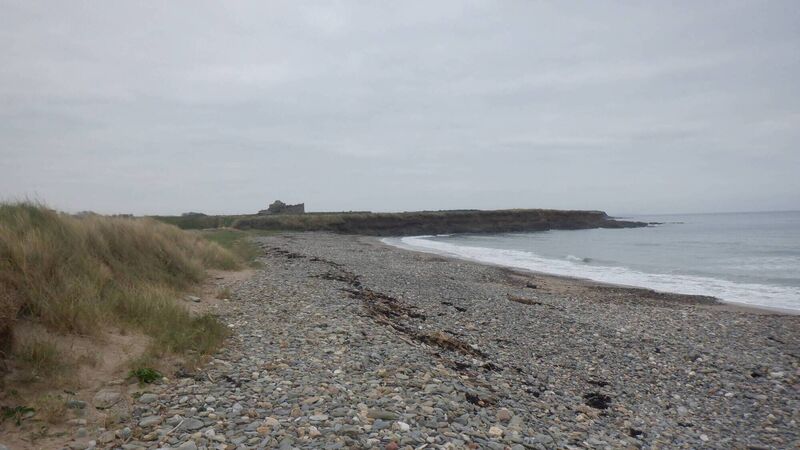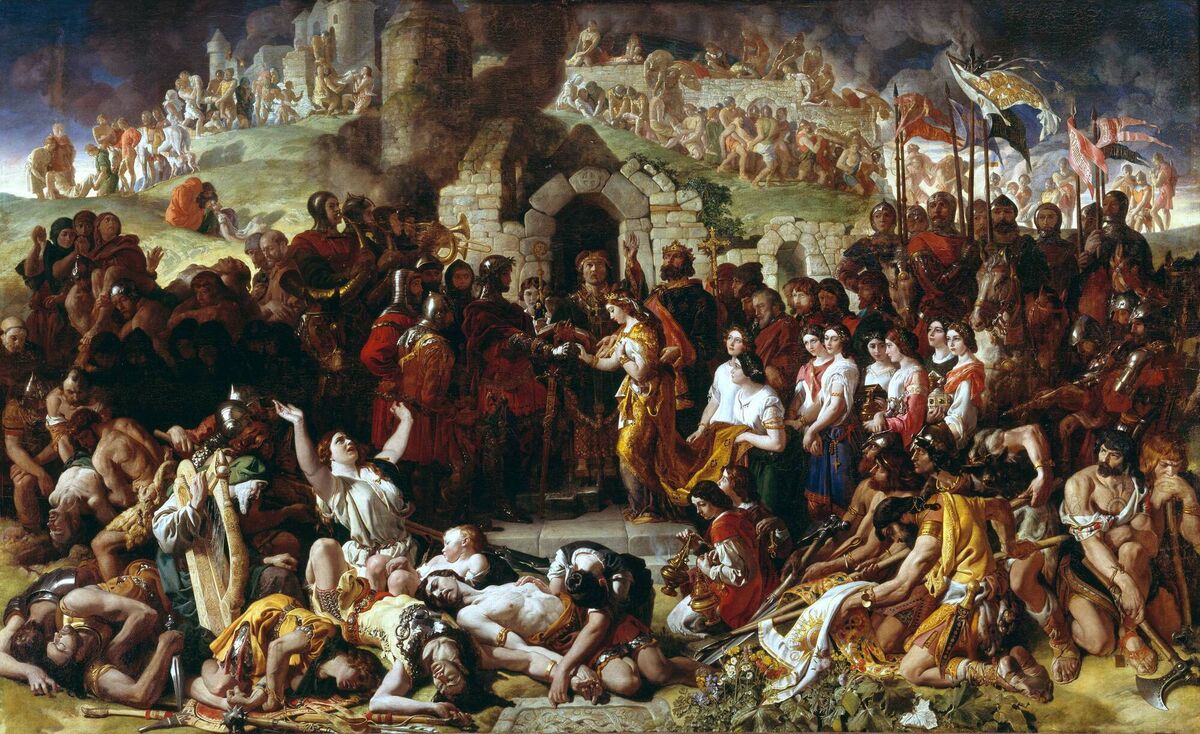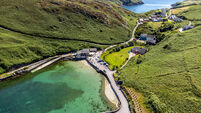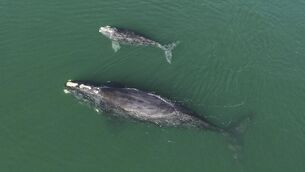Islands of Ireland: Invasion at Bannow Island changed course of Irish history

Bannow Island, Co Wexford where Anglo-Norman forces landed in 1169. Picture: Dan MacCarthy
There is scarcely an island in the country with as much historical significance as Bannow Island, Co Wexford. Though no longer an island, as it is attached by an overgrown mound of sand, (extensive, but still a mound of sand) it was the launchpad for an invasion that changed the course of Irish history. Had the invasion failed the future would have been very different with Gaelic chieftains in control.
Other islands such as Skellig Michael were significant as the unfortunate locations of Viking raids centuries before, but the arrival of the Anglo Normans to the southeast coast presaged an established order that dominated indigenous governance.
The year was 1169 and into Bannow Harbour sailed three ships allied to Richard de Clare, aka Strongbow. Their objective was to restore to the kingship of Leinster the exiled Diarmait MacMurrough. The catch was that Strongbow wanted MacMurrough’s eldest daughter Eva as part of the deal and the right of succession to the throne.
The well-drilled Norman soldiers were adept at battle and routed the Norse descendants and native Irish from Waterford. The event was later captured in verse:
The following year Strongbow himself landed on the opposite side of the harbour at Beag-an-Bun with ’30 knights, 60 esquires and 300 footmen’. However, the historical record is uncertain and this force may also have landed at Bannow Island. Either way, the event was immortalised in a 16th century poem with the line: “At the creeke of Bagganbaun, Ireland was lost and won”
Accompanying Strongbow was Robert de Barry, the brother of the dubious historian Giraldus Cambrensis, Gerald de Barry. Strongbow duly married Eva and Dublin was conquered within a month. The marriage was immortalised by Daniel Maclise in his 19th century painting which can be seen in the National Gallery.

MacMurrough obligingly died the following year from “an insufferable and unknown disease”.
If Strongbow’s forces were the beach-head, the following year King Henry II himself landed at Passage East with a force of 500 knights and 4,000 archers to create a powerbase on a land riven with internecine conflict.
The Normans established a settlement, Bannow, which grew into a town before being washed away by the incessant sea centuries later. However, it was regarded for a time as being of considerable importance and elected two townsfolk to parliament. Its streets included: High Street Weaver’s Street, George’s Street; St Mary’s Street, St Ivory’s Street. Around 160 families lived there in 1300, primarily in thatched cottages. By all accounts, it was a thriving port town with export of agricultural products.
However, time and tide wait for no man, as the playwright opined, and enormous amounts of sand poured in from the sea to fill the void in what one historian has referred to as “the shifting sands of the Bannow catastrophe”. Another natural disaster in the form of the Black Death, which struck in 1348, dealt a fatal blow to the town with up to 50% of its inhabitants struck down. The town did struggle on to the 17th century but the writing was on the wall. Plagues and rising sea levels: plus ca change.
The channel between Bannow Island apparently still existed up to 1657 when a reference to Bannow Bay in the Down Survey described it as being entered by two deep channels which implied the contemporaneous existence of Bannow Island. St Mary’s Church is the only surviving evidence of the town of Bannow and exists on a slightly elevated part of the landscape. A second island, Clare Island, lay in between Bannow Island and the mainland but was similarly absorbed into the coastline.
A helpful sign near the ‘island’ informs that Bannow Bay is a special area of conservation with an internationally important population of light-bellied Brent geese. Shelduck, wigeon and teal over-winter and waders including oystercatchers, golden plover and lapwing are in evidence.
- Take the R736 from Wexford to Wellington Bridge. Bannow Island is about 6km due south from here.
- The Bay and Town of Bannow. No. I, James Graves, Transactions of the Kilkenny Archaeological Society, Vol. 1, No. 2 (1850)










